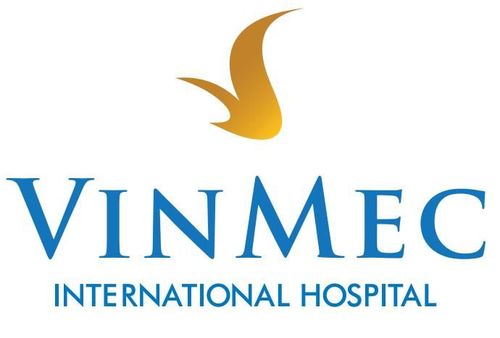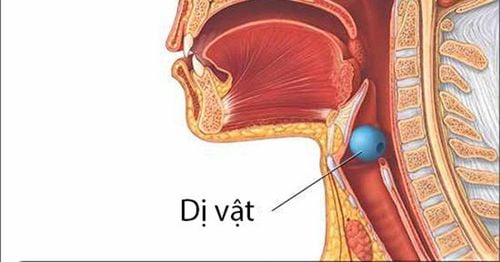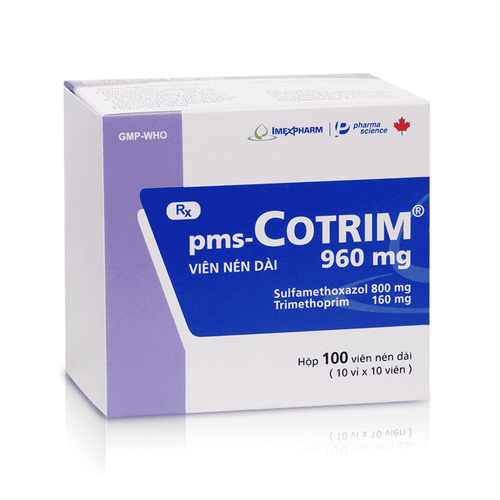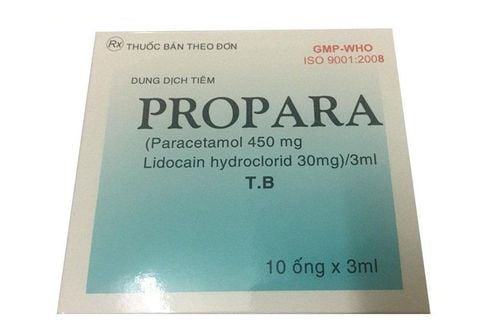This is an automatically translated article.
The article was professionally consulted with Doctor CKII Nguyen Van Thai - Department of Medical Examination & Internal Medicine - Vinmec International General Hospital Da Nang.Auditory neuroma is a benign tumor located in the pontine angle of the cerebellum. If not detected and treated early, the disease can lead to many unpredictable complications such as nerve paralysis, coma or even death.
1. What is an acoustic neuroma?
Acoustic neuroma is also known as 8th neuroma. This is a slow-growing, benign tumor that usually begins in the 8th cranial nerve of the brain (vestibular nerve). Acoustic neuroma can affect one or both ears, usually only one, is about the size of a fingertip or a chicken egg, but is located in the posterior fossa of the skull, so it can cause serious disorders. important.Acoustic neuromas account for about 8% of all tumors that develop in the brain. The age group most often affected is 30 - 60 years old. To date, the cause of neuroma 8 is still unknown. The factor that increases the risk of the disease is that the parents carry the type 2 neurological disorder to their children.
2. Symptoms and signs of acoustic neuroma
Nerve tumor 8 progresses slowly, in the early stages the symptoms are often faint, making the patient not detect the disease early. Symptoms also depend on the size, location of invasion, and spread of the tumor.Some typical symptoms of the disease in the early stages include:
Hearing loss: Slow progression, can range from a few months to a few decades, usually in about 2 years. Patients may experience sudden or transient hearing loss. Tinnitus: A ringing or hissing sound is heard in the ears. Loss of balance, central vestibular syndrome (nystagmus); Symptoms in the later stages, when the tumor spreads to the posterior fossa and causes paralysis of some cranial nerves:
Paralysis of the 5th nerve: Loss of corneal reflexes, decreased sensation in the skin on the side of the face with mass u, later suffered from paralysis of chewing muscles. 6th cranial nerve palsy: The eye on the side of the tumor is crossed inward, the headache is intermittent, or sometimes there is a severe headache. 7th nerve palsy: Mild hemifacial paralysis or facial muscle spasm on the side of the tumor. When the tumor spreads to the pons and brain stem: The limbs are confused, walking unsteadily, shaking limbs, walking or falling to the side of the tumor. Symptoms of increased intracranial pressure: Severe headache at the top of the head and nape, vomiting,... Symptoms of the disease will gradually increase, which may lead to gradual coma or amygdala cerebellar entrapment, causing death death.
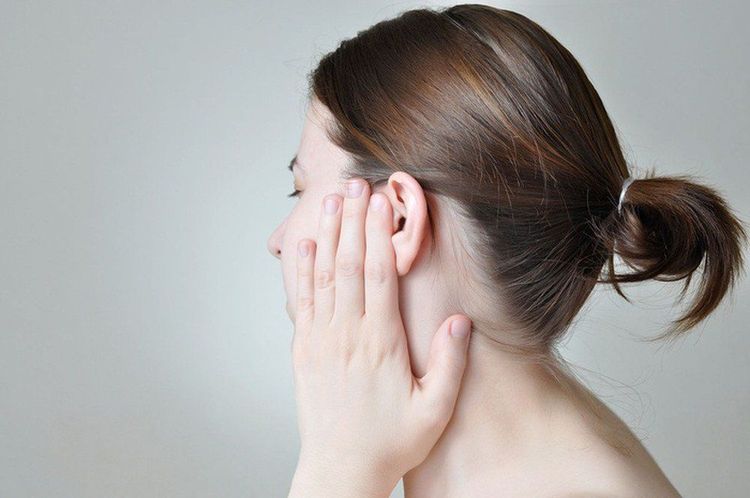
3. Diagnosis of acoustic neuroma
Early diagnosis of auditory neuroma is a decisive factor to prevent unpredictable complications of the disease. Diagnostic methods include:Diagnosis is based on clinical symptoms of the disease. Neurological examination and audiometric hearing test. Conventional cranial imaging, magnetic resonance imaging, or brain computed tomography.
4. Treatment of 8 neuroma
Treatment methods include surgery, radiation therapy and patient monitoring. The choice of treatment method will depend on the size and rate of tumor growth, the degree of organ dysfunction, the patient's age, lifestyle, and the risks of surgery. . The details of the treatment methods are as follows:Surgery This is the most reliable treatment, especially in cases where the disease is detected when the tumor is small, which can restore hearing and function. nearby organs of the patient. In addition, instead of traditional surgery, the doctor can perform surgery with a Gamma knife to treat the patient's auditory neuroma. This method uses high-energy gamma rays to target the tumor, without affecting the surrounding area.
Radiosurgery has the advantage of being non-invasive, with few complications, especially for tumors that are small in size or located in difficult surgical sites. With large tumors, difficult to radically operate, the doctor can combine partial surgery and then perform combined with residual radiosurgery.
Radiotherapy This method helps to reduce the size or limit the growth of the auditory nerve tumor. This method is preferred for patients who are elderly, have poor health, have a tumor affecting both ears or a tumor affecting the only ear that still has the ability to hear.
Monitoring In case the patient cannot perform surgery or radiation therapy, the doctor will appoint to monitor the growth of the tumor and perform periodic brain MRI to evaluate the tumor.
5. Precautions during and after the treatment of acoustic neuroma

Currently, Vinmec International General Hospital is equipped with 3.2 Tesla MRI machine to help diagnose and detect early auditory neuroma and craniocerebral abnormalities.
Please dial HOTLINE for more information or register for an appointment HERE. Download MyVinmec app to make appointments faster and to manage your bookings easily.





